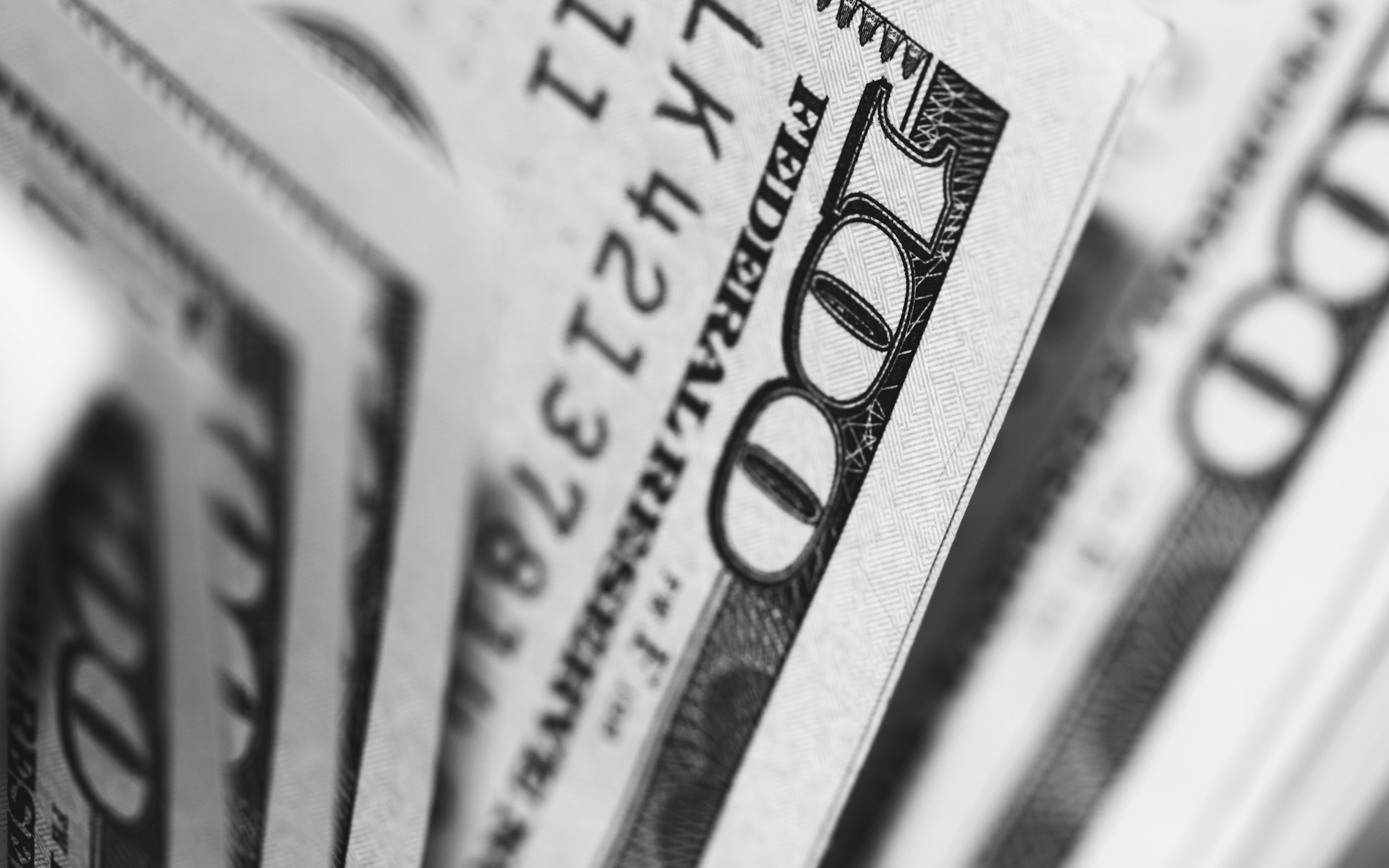What would Ukraine’s macroeconomic landscape look like had the violent crackdown of students on Dec. 30 and the subsequent protests not happened?
However speculative the final result might be, the actual process of forecasting a non-revolutionary economy is rather straightforward. The Azarov-Yanukovych economic policies had a set of very distinctive features which manifested themselves clearly throughout 2012-2013:
- preference for low inflation over economic growth;
- large budget and trade deficit financed with foreign and local loans;
- preference for a stable UAH/USD rate over maintaining sufficient foreign reserves;
- preference for cooperation with the Russian Federation over the EU.
With that in mind, it is easy to get the following macroeconomic picture for the hypothetical 2014.
Real GDP declines by 2% due to the slowdown in the commodity markets and Azarov’s fixed exchange rate policies. Even without international sanctions Russia allows the ruble to depreciate at least by 15% due to the oil price decline. This decreases the competitiveness of Ukrainian steel mills operating under fixed exchange rate and further inhibits industrial production. Overall export decline is estimated at 6%. Imports, however, are almost unchanged from 2013. Everyone knows that UAH will depreciate after the 2015 presidential elections and tries to safeguard their savings by shifting them to US dollars or buying import goods. As a result the foreign currency is scarce and capital controls are implemented but the retail turnover is increasing leading to an increase in inflation of 6.5%. The government and the central bank attempt to counter it by further monetary tightening; UAH rates soar above 30%. The banking system is under enormous stress, lending stalls, loan quality deteriorates, liquidity is tight. Meanwhile the public flees from UAH deposits to US dollars and import goods and from foreign currency deposits to under the mattresses, fearing the political disturbance during the upcoming elections. The huge current account gap, estimated at 10% GDP, and the $11 billion spent to support the currency are eating through foreign reserves; at the year end there is only $9.7 billion left.
The government is desperately looking for funding. The IMF has stopped all of its programs and requires return of loans; foreign capital is fleeing. With financial markets closed the only option left to the government is further recourse to Russia whose $15 billion grant from December 2013 has already been spent to repay the IMF loans ($3.7 billion), Ukraine and Naftogaz Eurobonds ($2.6 billion), Gazprom debts ($5 billion) and to finance a part of the current account gap ($4.7 billion). And so Yanukovych is again in Kremlin begging for another loan to get him through the elections. Another $2 billion is dispensed by Russia by the yearend. Total public debt is at $86 bn.
Still, there are some improvements to public finances. Due to the decreased gas price Naftogaz deficit is under 1%. However almost all energy saving programs and gas re-export projects are once again postponed and all gas is being bought exclusively from Gazprom. $8.9 billion in total. (Compare that to the total gas bill in the actual 2014 of only $5.3 billion. No wonder where the huge current account gap came from.)
The budget deficit is not doing all that well. Fueled by a pre-elections hike in pensions (which is a common practice in Ukraine) and decreased tax revenues flows it stands at 5.5%. VAT return is severely delayed, cumulative payable is stockpiling. Small and medium businesses experience even more pressure and competitive advantage of enterprises connected to the Family becomes even more pronounced than in 2013. In order to finance the gap the government issues local bonds, which are bought by the NBU (aka printing money). After $5 billion of these the inflation picks up and the process stops.
As one can see, just in the course of a regular pre-election year the state would become almost as feeble as it is now. Yes, in the actual 2014 the inflation is much higher and the real GDP decline is estimated at 8%. However the current account deficit and public debt are much lower than in the hypothetical 2014 while the foreign reserves and budget deficit are the same. Clearly the policies of the previous government could not be maintained much longer. In 2013 a Russian official famously estimated Ukraine’s annual “loyalty bill” to stand at $15 billion. Following the non-revolutionary 2014 that bill would become closer to $20 billion mark. Of course such huge amounts of money would call for Ukraine surrendering some of its sovereignty either through the sale of its gas pipeline network, a Crimea deal or the establishment of some sort of neo-USSR where all the major decisions would be made in Moscow. Moreover, it is evident that the vaunted “stability” of Yanukovych’s economy was illusory, as infeasible as the exchange rate fixed at 8 UAH per US dollar. Quite probably Russia would have called for some austerity measures in Ukraine after the 2015 elections trying to get the bill back down to $15 bn or even lower leading to the devaluation of the Ukrainian currency and budget cuts similar to those the country is facing now.
Attention
The author doesn`t work for, consult to, own shares in or receive funding from any company or organization that would benefit from this article, and have no relevant affiliations



